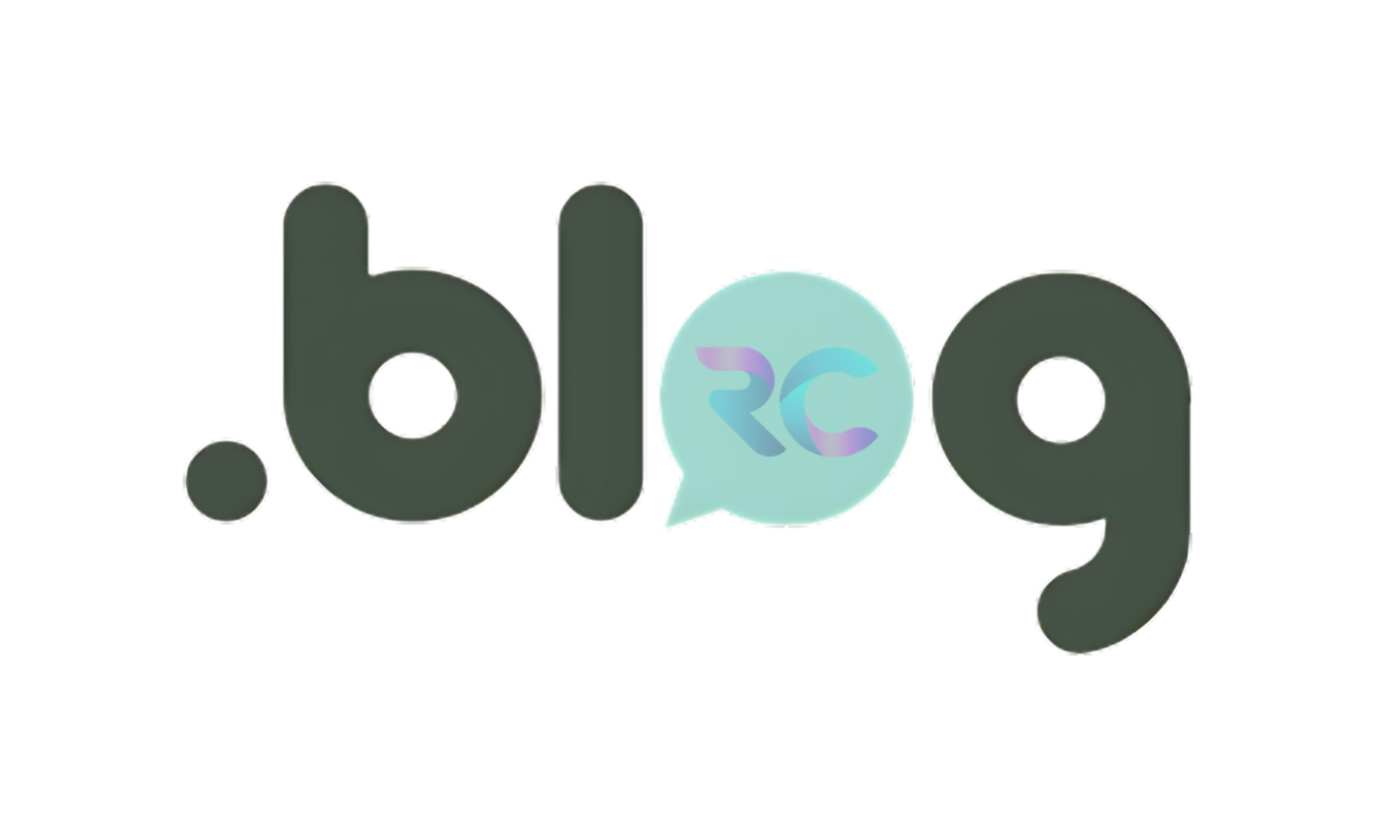
Understanding Icons in Web Design: Enhancing User Experience Through Visual Communication
In the vast landscape of web design, icons stand as powerful graphic elements that transcend language barriers and communicate messages swiftly and effectively. From navigation menus to calls to action, icons play a pivotal role in guiding users, enhancing usability, and elevating the overall aesthetic appeal of a website. Understanding the nuances of icon design and implementation is essential for crafting compelling web experiences that resonate with users. Let’s delve deeper into the world of icons in web design, exploring their significance, best practices, and emerging trends.
Significance of Icons in Web Design
Icons serve as visual shortcuts, encapsulating complex ideas or actions into simple, recognizable symbols. They transcend linguistic barriers, making them universally understandable and accessible to users across diverse demographics and cultures. In a digital era characterized by short attention spans and information overload, icons offer a concise and intuitive way to navigate and interact with websites.
Enhancing Usability
One of the primary functions of icons in web design is to enhance usability by improving navigation and user interaction. They provide visual cues that guide users through the website’s interface, helping them locate essential functions, content, or features with ease. For example, a magnifying glass icon commonly denotes search functionality, while a home icon signifies returning to the homepage. By incorporating icons strategically, designers can streamline user journeys and minimize cognitive load, thereby fostering a more intuitive and user-friendly experience.
Visual Hierarchy and Brand Identity
Icons contribute to the visual hierarchy of a website, guiding users’ attention and prioritizing information effectively. When used in conjunction with text and other graphical elements, icons help create a balanced and harmonious layout that directs users’ focus towards key elements. Moreover, icons play a crucial role in reinforcing brand identity, serving as visual representations of a brand’s values, personality, and offerings. Consistent use of branded icons can establish a cohesive visual language that strengthens brand recognition and fosters user trust and loyalty.
Best Practices for Icon Design
Effective icon design requires careful consideration of various factors, including clarity, consistency, scalability, and accessibility. Adhering to best practices ensures that icons fulfill their intended purpose while enhancing the overall user experience.
Clarity and Simplicity
Icons should be designed with clarity and simplicity in mind, ensuring that their meaning is instantly recognizable without the need for explanation. Avoid overly complex or abstract designs that may confuse users or detract from usability. Instead, opt for clean, minimalist shapes and clear imagery that convey the intended message at a glance.
Consistency and Familiarity
Maintaining consistency in iconography is essential for establishing a cohesive visual language and facilitating user understanding. Use standardized iconography where possible, adhering to familiar symbols and conventions that users are likely to recognize from their prior online experiences. Consistent styling, size, and alignment of icons contribute to a polished and professional aesthetic that enhances brand credibility.
Scalability and Responsiveness
Icons should be designed to remain clear and legible across various screen sizes and resolutions, from desktop monitors to mobile devices. Prioritize vector-based formats such as SVG (Scalable Vector Graphics) for icons, as they ensure crisp rendering and scalability without loss of quality. Test icons across different devices and viewport sizes to ensure optimal display and usability under diverse conditions.
Accessibility and Inclusivity
Consider accessibility guidelines when designing icons to ensure that they are perceivable, operable, and understandable for users with disabilities. Provide alternative text descriptions (alt text) for icons to assist screen readers in conveying their meaning to visually impaired users. Additionally, maintain sufficient color contrast and avoid relying solely on color to convey information, as some users may have color vision deficiencies.
Emerging Trends in Icon Design
As web design continues to evolve, new trends and technologies shape the landscape of iconography, presenting exciting opportunities for innovation and creativity. Keeping abreast of emerging trends enables designers to push the boundaries of icon design and deliver cutting-edge web experiences.
Animated Icons
Animated icons add dynamism and interactivity to web interfaces, engaging users and enhancing visual storytelling. From subtle hover effects to animated micro-interactions, motion-based icons create a sense of delight and immersion that captivates users’ attention. However, exercise restraint when incorporating animation, ensuring that it enhances usability and does not overshadow or distract from the primary content.
Illustrative Icons
Illustrative icons blend functionality with personality, infusing web interfaces with charm and character. Unlike traditional minimalist icons, illustrative icons feature detailed artwork and narrative elements that evoke emotions and tell stories. Leveraging illustration in icon design allows for greater creativity and expression, enabling designers to craft memorable and distinctive visual identities for websites and brands.
Adaptive Icons
Adaptive icons dynamically adjust their appearance based on contextual factors such as user preferences, device capabilities, or environmental conditions. By employing adaptive design principles, icons can seamlessly adapt to changes in interface layout, screen orientation, or user interactions, ensuring optimal usability across diverse contexts. Adaptive icons contribute to a fluid and responsive user experience that prioritizes flexibility and adaptability.
Conclusion
In the ever-evolving landscape of web design, icons remain indispensable tools for enhancing usability, guiding user interactions, and reinforcing brand identity. By leveraging the power of icons thoughtfully and strategically, designers can create intuitive and visually compelling web experiences that resonate with users on a profound level. Through clarity, consistency, and innovation, icons continue to shape the digital landscape, facilitating seamless navigation and communication in an increasingly complex online ecosystem. As we look to the future, embracing emerging trends and technologies in icon design will enable us to push the boundaries of creativity and deliver transformative user experiences that inspire and delight.






